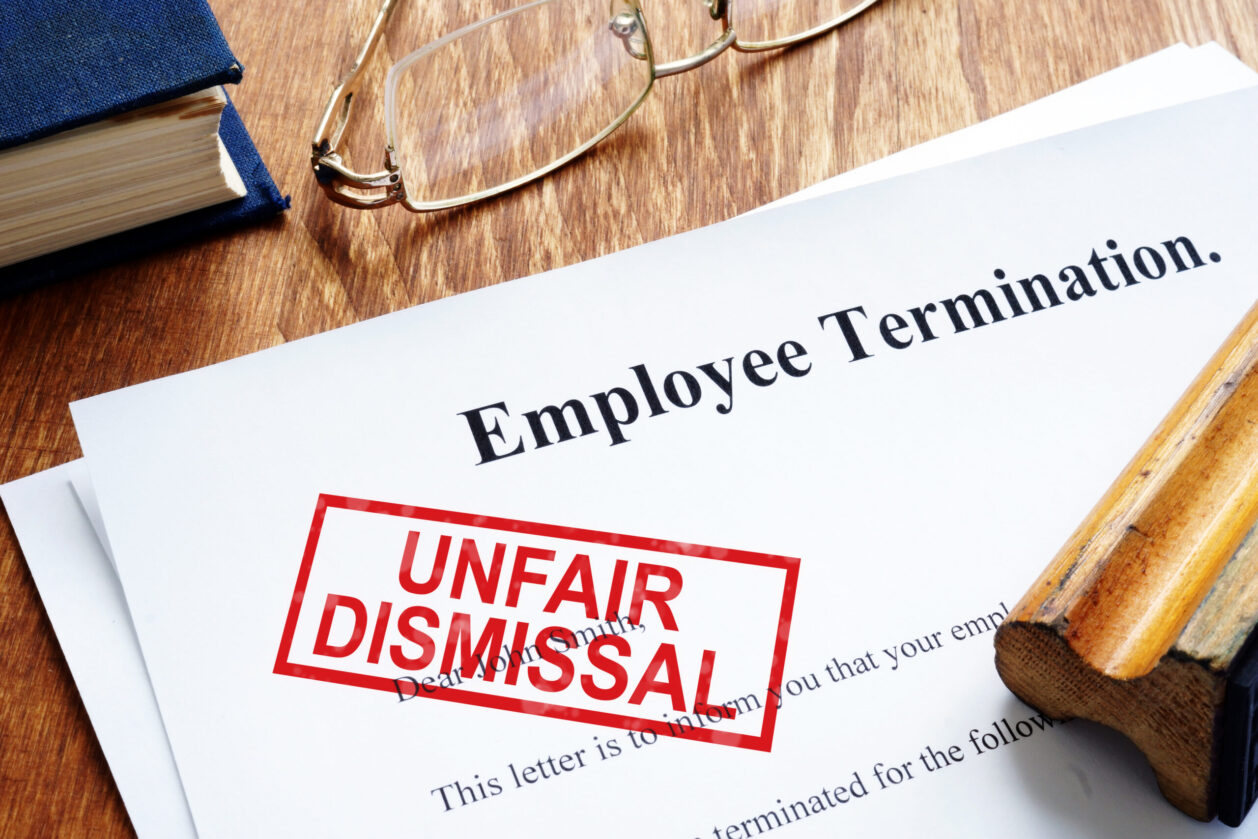As part of this year’s Federal Budget, businesses that are operating at a loss will be able to deduct their losses against prior profits, to reduce their tax burden.
Ernst & Young Tax Partner Tony Merlo explains how the loss carry back measure applies to business.
What does it mean?
Companies with up to $5 billion of turnover a year can temporarily offset tax losses against previous profits and taxes paid, in a major change to how businesses can claim deductions.
This means businesses running at a loss can choose to apply that loss to a previous year’s tax return, effectively providing them a refund of the taxes they already paid during profitable years.
This and the temporary full expensing measure can help businesses significantly reduce their tax burdens.
Merlo explains that this measure had some crucial provisions businesses should be mindful of.
“It only applies to companies, so many small and medium businesses that operate through an alternative structure and non-company structure, for example, a trust, a partnership, or a sole trader structure, will not be eligible,” he says.
“It's a measure that only applies for a limited period of time… to losses that have been incurred in the 2020-21 or 2022 tax years.”
The way loss carry-back works is by providing companies a refund when they lodge a return in a loss year, based on the tax rate applicable in the loss year – Merlo explains.
“So companies with turnovers of less than $50 million, there's a sliding scale of tax rates," he says.
"In the 2020 year the tax rate is 27.5 per cent, in the 2021 year it's 26 per cent, and then it drops to 25 per cent in 2022,” he adds.
“Importantly, a company can only first claim a refund when it files its 2021 or 2022 tax return. So that means that any losses that are incurred, for example, in the year just passed in the 2020 tax year will not be refunded until the 2021 return is processed."

Case study
If a company has an aggregated turnover of less than $50m and had a taxable income of $5m in 2020, paid $1,375,000 of tax at a 27.5 per cent tax rate, and incurred a tax loss of $2m in 2021, it can:
- Claim a maximum refundable tax offset (potential refund) of $520,000, which equates to a tax loss of $2m times the tax rate applicable in the loss year (i.e. 26 per cent in 2021).
- The offset is reduced if its franking account balance on 30 June 2021 is less than $520,000.
- It claims the offset when it files its 2021 tax return.






